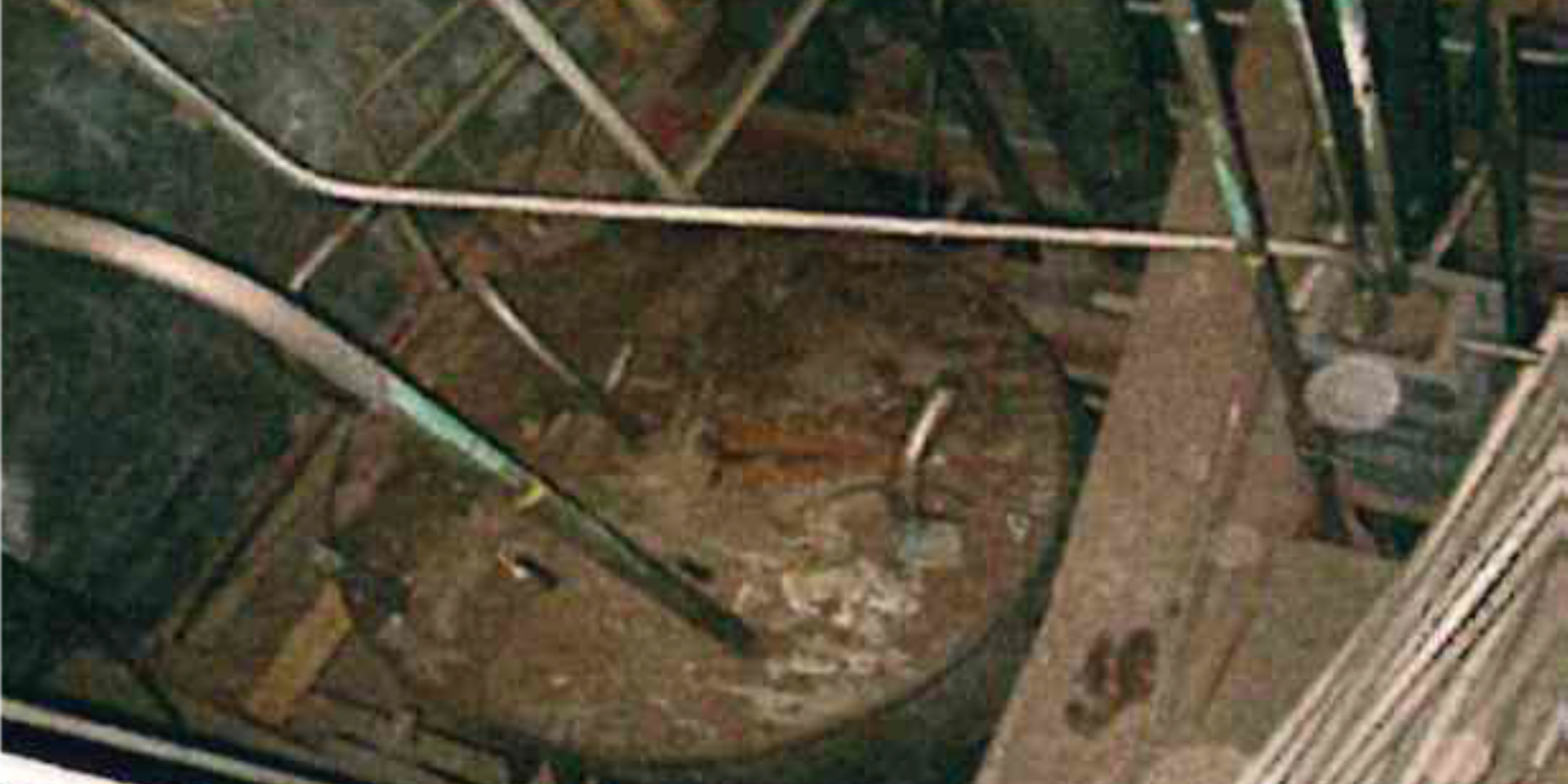The forerunner to THORP, the plant was constructed in 1952 and last used in 1973. Due to high levels of radiation and contamination, innovative size reduction techniques and contamination control measures were required to design, develop and manufacture equipment for the removal of 50 tonnes of process apparatus and waste. The contract was won by CNSL (Cumbria Nuclear Solutions Ltd), with Shepley as lead.
Shepley undertook project management and site implementation. The contract included:
• Safety Case / Documentation, covering waste quantity calculations, radiological surveys, Low/Intermediate Level Waste Characterisation
• Design, including electrical supplies, tenting and ventilation, new runway lifting beams
• Strip Out Activities, covering planning and programming, management of subcontractors, removal of pipework / major vessels / diverters / columns / stainless steel cladding
Due to the layout (an inverted L shape) and height (46m) of the cell, runway beams were designed and installed to the roof, and a size reduction area as well as an export route were prepared. All pipework was removed to ensure space for the removal of the vessels; full vessels or support steelwork were lifted to the size reduction area to be reduced as necessary. Cutting was undertaken utilising reciprocating saws or plasma cutting. Local air movers with primary, secondary and HEPA filtration were used to contain the plasma fume local to the plasma torch (a technique Shepley developed whilst plasma cutting for another strip out project) – this process effectively prevents plasma fumes from blinding cell extract filters.





